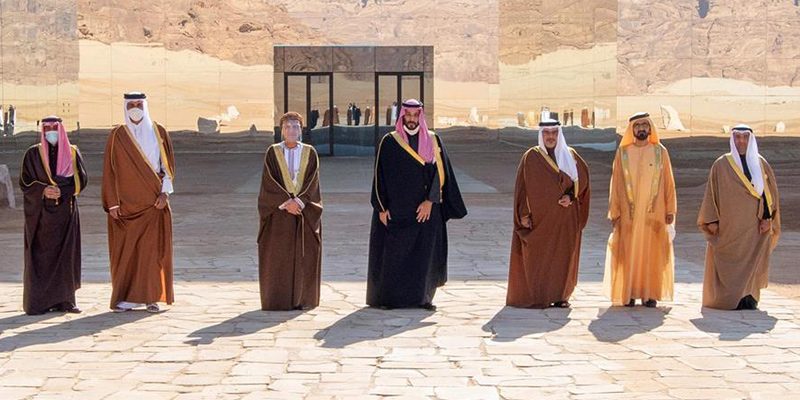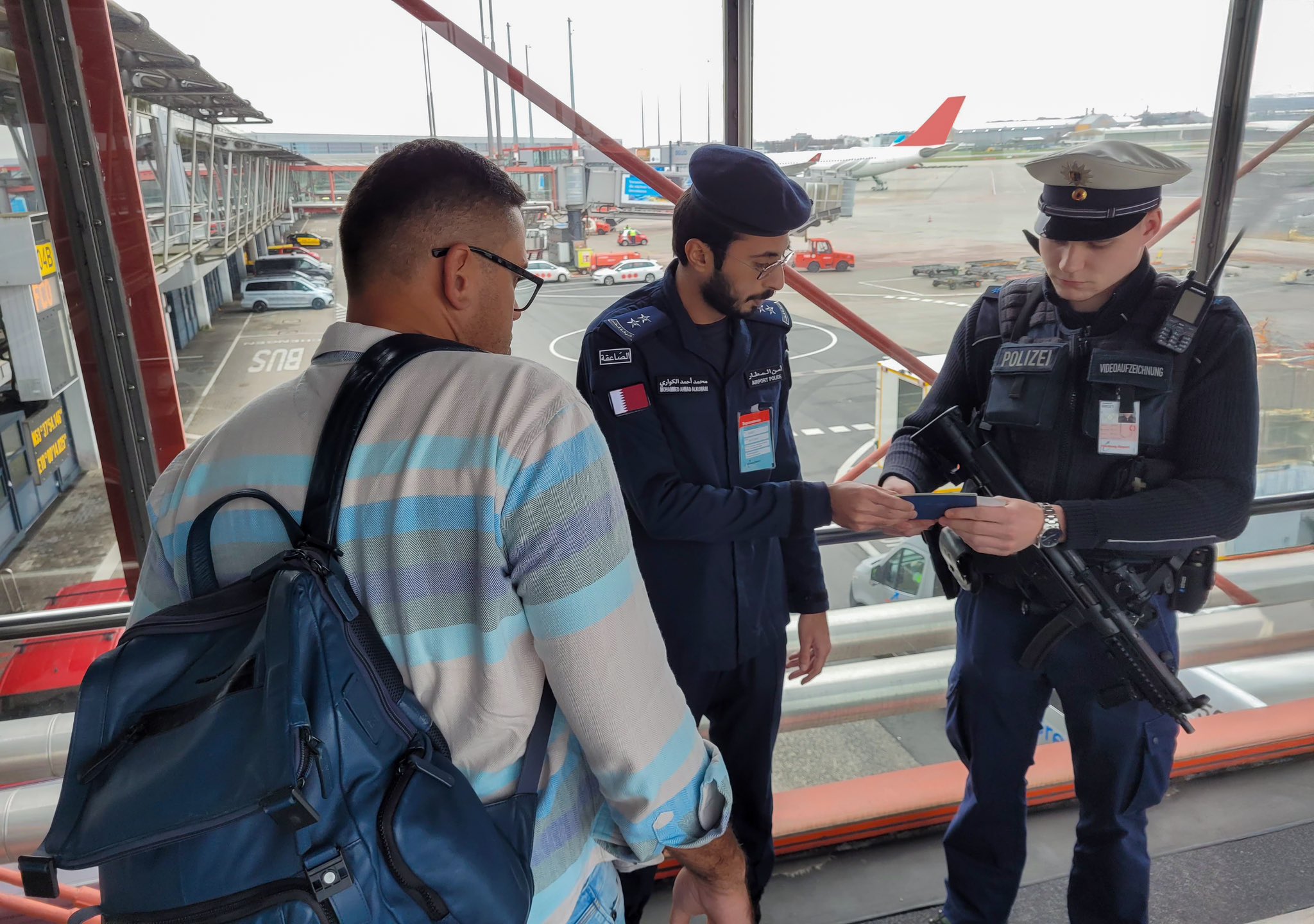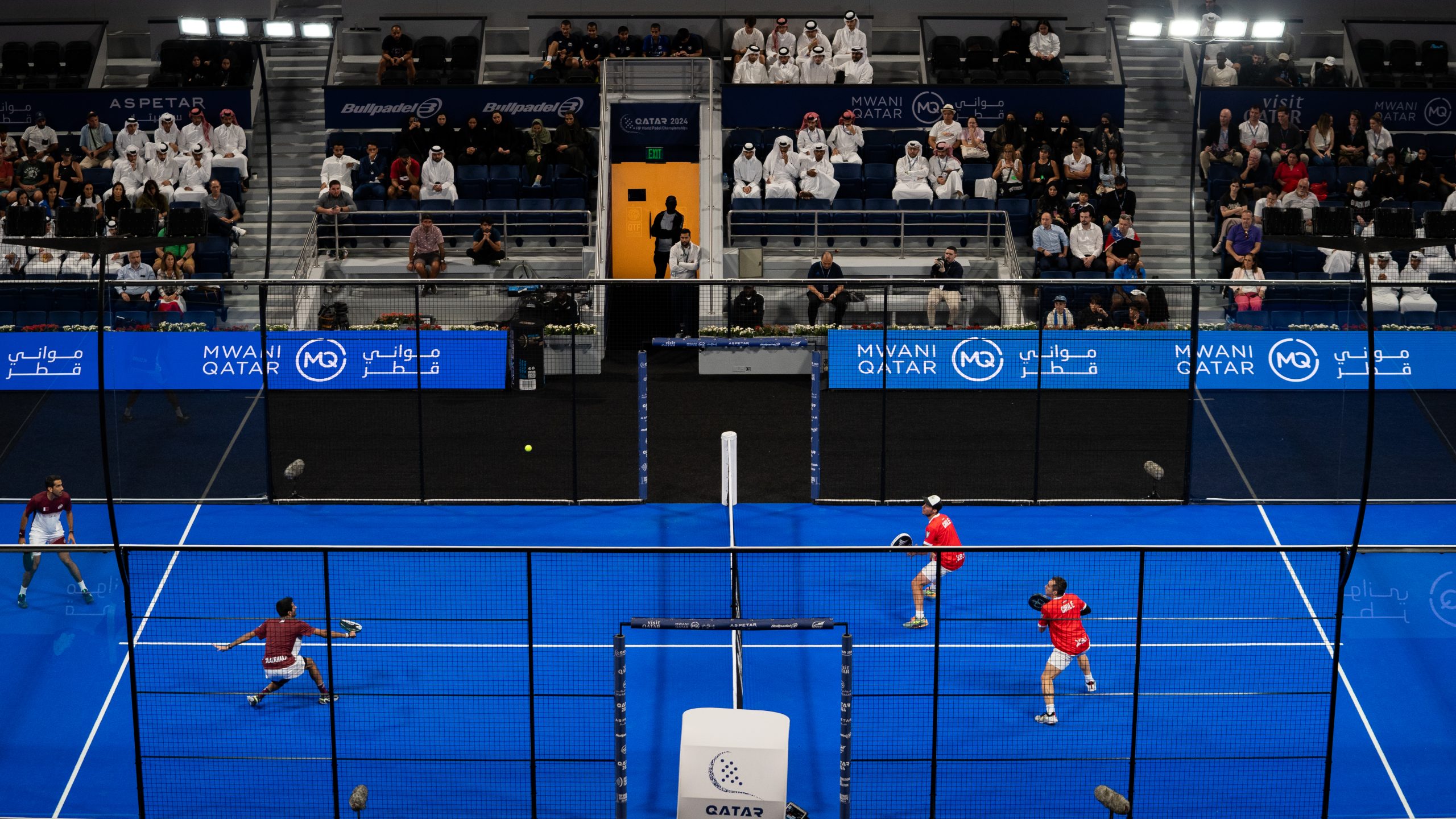Prior to the 2017 blockade, around 60% of Qatari trade moved through either Saudi Arabia or the United Arab Emirates.
Doha is keen on enhancing trade and economic cooperation between the Gulf Cooperation Council (GCC) state members as well as boost intra-Gulf trade, a top official said on Wednesday.
Speaking at the Federation of GCC Chambers in Muscat, Qatar Chamber’s Chairman Sheikh Khalifa bin Jassim bin Mohammed Al-Thani joined in with discussions to address ways in which the Gulf private sector could be developed further, as well as means of boosting economic and commercial cooperation.
It comes as Qatar’s trade surplus increased by 86.8% year-on-year during the first quarter of 2022, as the country’s exports sized up quicker than its imports.
Asia witnessed Qatar’s most economic activities as its exports and imports accounted for 75.5% and 41.3% respectively. Narrowed down to the Gulf region, within the GCC, Qatar’s exports represented 5.4% while imports reflected a 5.8%.
During the first quarter of this year, Doha’s trade volume and balance with the GCC amounted to QAR 7.31 billion and QAR 3.92 billion, respectively.
Qatar’s “normalisation of relations with the three GCC members will improve investment prospects for Qatar specifically and likely to boost intraregional flows,” the United Nations Conference on Trade and Development said in its World Investment Report 2021.
The thawing of relations between Qatar and other members of the GCC is also expected to improve foreign direct investment in west Asia.
After the Al Ula Summit in 5 January 2021, which witnessed the signing of a declaration that led to the full restoration of diplomatic and trade ties between Qatar and the blockading countries, the trade volume between Doha and GCC states spiked by 160% at the end of the third quarter of 2021, compared to the end of the first quarter of the same year.
The declaration was signed by the blockading quartet and Qatar, putting an end to a three-and-a-half year crisis in GCC relations that posed a serious threat to the unity of the bloc, as well as security in the region.
Qatar-GCC trade volume
The trade volume between Qatar and the GCC stood at QAR 3.39 billion during the first quarter of 2021, but surged to QAR 8.79 billion during the third quarter of the same year, according to the figures from the Planning and Statistics Authority (PSA).
The then-trade volume during the first three quarters is more than the total trade volume during the entire year of 2020, which is a testament to the resurrection of momentum in intra-GCC trade. The total trade volume between Qatar and GCC nations was around QAR 13.1 billion during 2020, while it amounted to QAR 19.1 billion for the first three quarters of last year.
During the third quarter of 2021, Qatar exports to GCC countries stood at approximately QAR 7.9 billion, while total imports was around QAR 846 million.
The trade volume in 2021 is not indicative of the full potential of bilateral trade between Qatar and individual GCC countries as the Covid-19 pandemic has hampered the economic activities in the Gulf.
However, the economies of the GCC are expected to experience a speedy recovery, prompting trade to strengthen further between the member states.
Qatar-former blockading countries relations
While relations between Doha and the UAE, Saudi Arabia and Egypt have seen progress since 2021, Manama has appeared less eager.
Saudi Arabia and Egypt have since reinstated their diplomatic missions in Qatar, while Bahrain and the United Arab Emirates have yet to do so.
On 11 January 2o21, Bahrain’s civil aviation authority announced that the state will open its airspace to Qatar. However, there remains no direct flights between the two countries to this day.
The Bahraini embassy in Doha has also remained closed.







